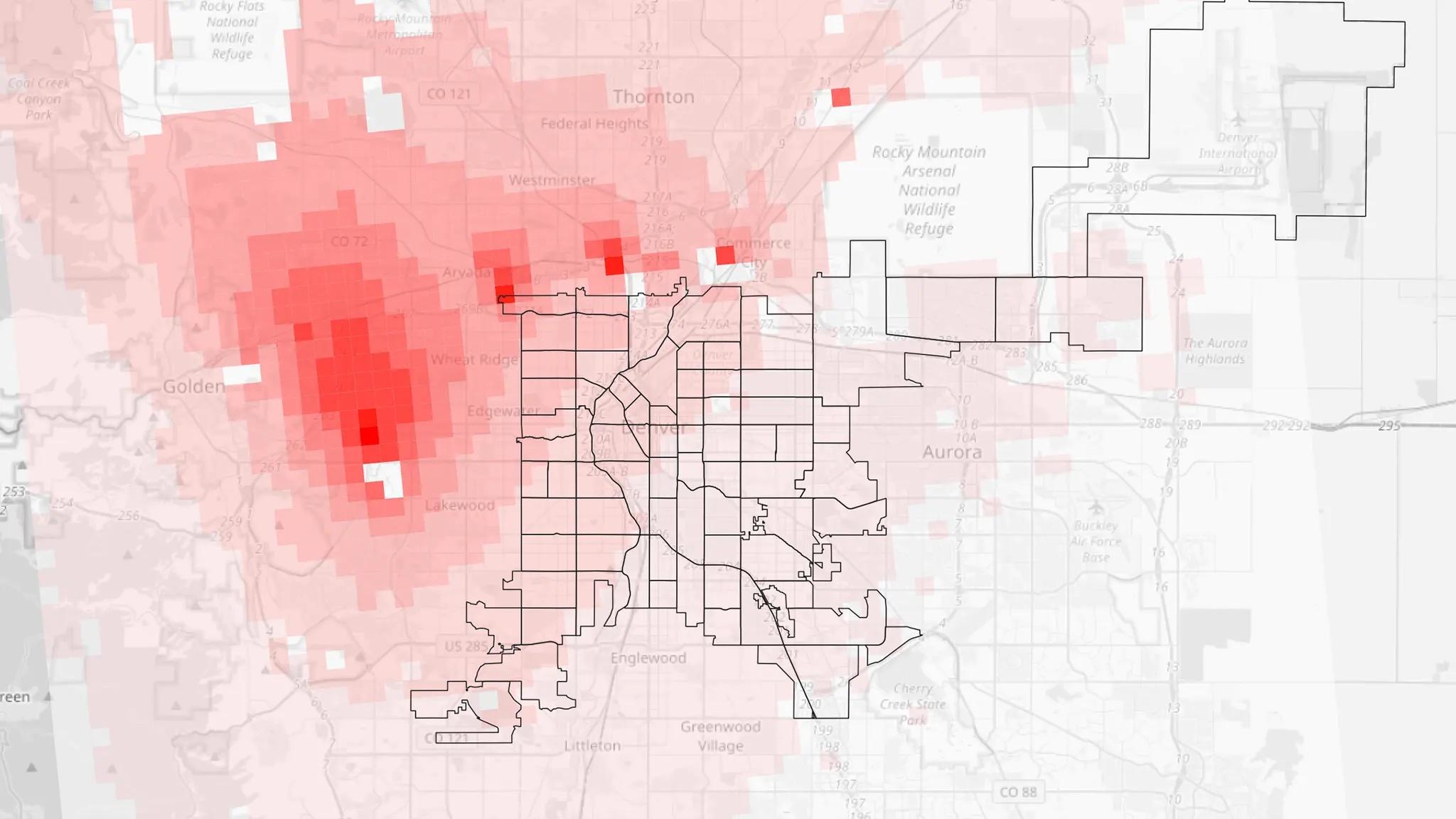Colorado Air Toxics Report
Study Objectives
The goals of this study include analyzing both background and point source emissions in both industrial and residential areas. Data analysis of local populations and their health outcomes will be paired with the geolocated measurements to help further refine the exposure limits. Compounds of interest include benzene, hydrogen sulfide(H2S) , formaldehyde (FA), ethylene oxide (EtO), black carbon, ultrafine particles, and hexavalent chromium (Cr-VII). This will be performed using data from a variety of handheld monitors as well as publicly available data from the State of Colorado.
Study Impact
State Law HB22-1244: The Public Protections From Toxic Air Contaminants Act required Colorado Department of Public Health & Environment (CDPHE) to begin air monitoring for each of the above compounds at known industrial point sources, via fencline monitoring, as well as having mobile monitoring trailers (pictured left) to observe ambient levels. We aim to assist CDPHE in determining background levels as well as pathways to mitigate exposures industrial and non-industrial settings.
Related Publications
- Shearston, Jenni A. “Colorado Is Tackling Air Pollution in Vulnerable Neighborhoods by Regulating 5 Air Toxics.” The Conversation, 21 Mar. 2025, theconversation.com/colorado-is-tackling-air-pollution-in-vulnerable-neighborhoods-by-regulating-5-air-toxics-248520.

Source: EPA

